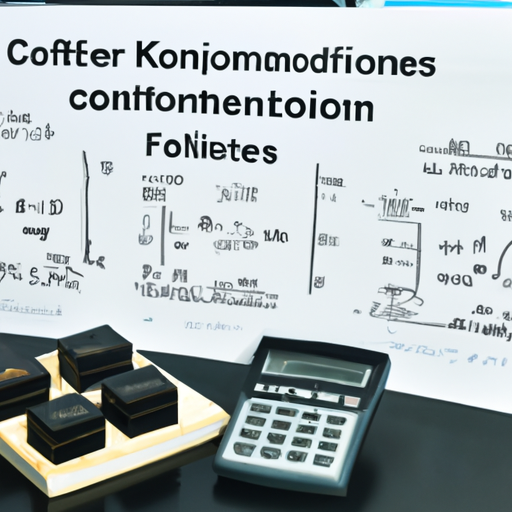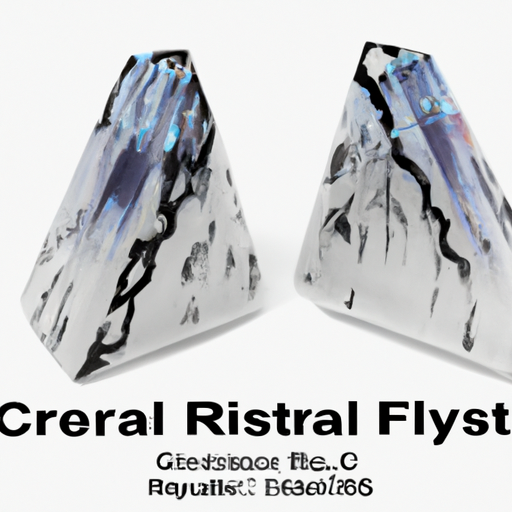CFR-25JB-52-1K6 DIACs, SIDACs highlighting the core functional technology articles and application development cases of DIACs, SIDACs that are effective.
Overview of DIACs and SIDACs
DIACs (Diodes for Alternating Current) and SIDACs (Silicon Diodes for Alternating Current) are crucial semiconductor devices in power electronics, known for their ability to control and protect electrical circuits. Their unique characteristics make them suitable for a variety of applications, particularly in AC environments.
Core Functional Technology
1. DIAC (Diode for Alternating Current) - **Functionality**: A DIAC is a two-terminal device that remains in a non-conducting state until the voltage across it exceeds a specific breakover voltage. It can conduct current in both directions, making it ideal for AC applications. - **Operation**: Upon reaching the breakover voltage, the DIAC switches to a conducting state, allowing current to flow. It turns off when the current drops below a certain threshold, effectively creating a controlled switching mechanism. - **Applications**: Commonly used in: - **Phase control**: Light dimmers, motor speed controls, and triggering circuits for TRIACs.
2. SIDAC (Silicon Diode for Alternating Current) - **Functionality**: Similar to a DIAC, a SIDAC is designed for higher power applications. It also features a breakover voltage and can conduct in both directions. - **Operation**: The SIDAC remains off until the voltage exceeds its breakover voltage, at which point it conducts until the current falls below a specified level. - **Applications**: Utilized in: - **Over-voltage protection**: Snubber circuits and triggering devices for SCRs.
Application Development Cases
1. Light Dimming Circuits - **Description**: DIACs are integral to light dimmers, allowing users to adjust the brightness of incandescent lamps by controlling the phase angle of the AC waveform. - **Effectiveness**: This application demonstrates energy efficiency and extends bulb life by providing smooth dimming capabilities.
2. Motor Speed Control - **Description**: In fan speed controllers, DIACs adjust the speed of AC motors by varying the phase angle, thus controlling the effective voltage and current supplied to the motor. - **Effectiveness**: This showcases the versatility of DIACs in enhancing user comfort and energy efficiency through variable speed control.
3. Over-Voltage Protection - **Description**: SIDACs protect sensitive electronic components from voltage spikes by conducting when the voltage exceeds a predetermined level, diverting excess current away from the protected device. - **Effectiveness**: This application highlights the reliability of SIDACs in safeguarding electronic devices, ensuring longevity and stability in various environments.
4. Triggering SCRs in Phase Control - **Description**: SIDACs can trigger SCRs in phase control applications, such as heating elements or motor drives, providing a precise trigger point for accurate power delivery control. - **Effectiveness**: This demonstrates the ability of SIDACs to enhance SCR-based systems' performance, improving efficiency and control.
5. Snubber Circuits - **Description**: Both DIACs and SIDACs are used in snubber circuits to protect power electronic devices from voltage transients, absorbing and dissipating energy spikes that could damage components. - **Effectiveness**: This application illustrates the importance of DIACs and SIDACs in enhancing the reliability of power electronic systems by mitigating voltage transients' effects.
Conclusion
DIACs and SIDACs are essential components in modern electronic circuits, particularly in power control and protection applications. Their ability to handle AC signals, provide precise control, and protect against voltage spikes makes them invaluable in various industries, including lighting, motor control, and consumer electronics. As technology continues to evolve, the applications for DIACs and SIDACs are likely to expand, further enhancing their effectiveness and utility in electronic design. Their role in improving energy efficiency and protecting sensitive components will remain critical as the demand for reliable and efficient electronic systems grows.






